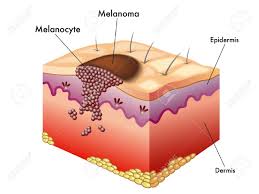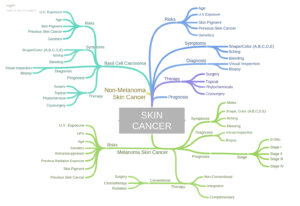Leave a Comment:
4 comments
It’s interesting how you mentioned ensuring that a dermoscope is used when you are getting tested. I would imagine that if you went to a skin cancer clinic that they would probably have everything necessary to identify and diagnose what it is that you have and how to best treat it. The important thing is going there and getting tested to ensure that you are safe and healthy.
ReplyHi Kylie-
I agree with you. The most important thing is to be tested. The next issue to consider, according to studies, is that a dreamscape be used. This device is more effective than using only one’s eyes.
Thanks for your input.
David Emerson
ReplyI was recently diagnosed with a In-Situ melanoma. I was surprised since I get a yearly skin check up. Is there anything I can do prevention wise and diagnostically besides staying out of the sun which I have done for years, to prevent more melanoma?
Is there a certain type of exam that I should expect or request? Most exams consist of a quick look see.
ReplyHi Jean-
While this may sound odd, I consider a diagnosis of in-situ of any cancer as a good thing. The patient does not have cancer but often takes better care of him/herself. To answer your question about melanoma prevention I will answer two ways.
Conventionally speaking, no there is nothing to do to prevent a diagnosis of melanoma. Other than check yourself regularly and reduce the amount of UV rays you are exposed to. Both of which you are doing.
Non-conventional speaking, yes, there are several ways to reduce your risk of melanoma. Let me begin by linking a study about in-situ melanoma and your risk of secondary cancers.
Subsequent primary cancers among men and women with in situ and invasive melanoma of the skin.
“An estimated 750,000 melanoma survivors in the United States are at increased risk of subsequent primary cancers.
The findings of the study should guide the development of strategies such as posttreatment surveillance, screening, and ultraviolet exposure education among melanoma survivors to improve cancer survivorship.”
I don’t want to cause too much concern on your part Jean by posting the study above. As a cancer survivor who has undergone a lot of chemotherapy, radiation and an autologous stem cell transplant I too am at a higher risk of several different secondary cancers including melanoma.
I lead an anti-cancer lifestyle through nutrition, supplementation, and lifestyle therapies comprised of curcumin, milk thistle, green tea extract, and anti-angiogenic nutrition.
I find the above therapies to be inexpensive and easy to include in my day. Let me know if you have any questions.
David
Reply


